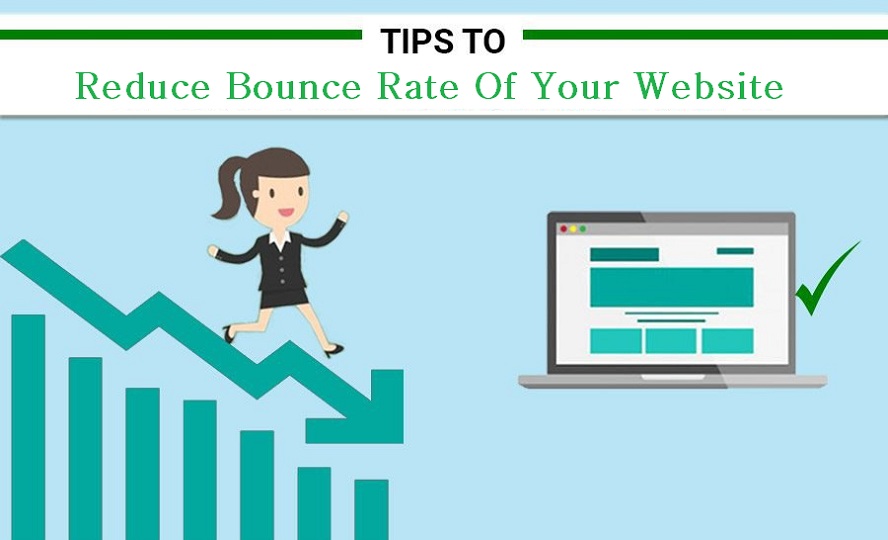Six Easy Ways in Which a Website can Reduce Its Bounce Rate
Easy Navigation
A site should have adequate internal links to enable the visitor to move between different pages without having to leave the site or log in using a different window. There should be easy and visible clickable links to take the visitor back to a previous page, or forward to another page where he or she would find something useful.
Minimal Advertisements
A webpage too heavily loaded with advertisements is likely to put off a visitor. A site owner would surely find the advertising revenue useful, so advertisements can’t be avoided entirely, but care should be taken to strategically place the advertisements so that they do not hamper the user experience. Also, it always helps if such advertisements are relevant to the content of the website. The webmaster needs to also remember that every advertisement on the website is an invitation to the visitor to navigate away from the website, and therefore can inadvertently contribute to the bounce rate.
Use of Sidebar
A well-crafted sidebar on the homepage can give an easy view to the visitor of what it contains, and what are the things the visitor can get there. The visitor gets all the information in one place, and usually doesn’t have to get confused as to where a particular item might be found.
Good Design
At least in the initial stages, a good web design is very important for any website. Even though it might cost some money, but in the long run, a well-designed site can be a useful way of attracting visitors and holding their interest. A useful site that is poorly designed will not be able to avoid high bounce rates.
Useful Content
This would be the most important factor that would help reduce bounce rates for a website. The content needs to be relevant and useful to a visitor, and it also should have a good mix of text, graphics, pictures and videos. The content should be easily readable on a mobile device, because a majority of people access websites on their mobile phones nowadays.
Ability to Search
If a visitor has to move from one webpage to another in order to get to what he or she is looking for, it is quite likely that the visitor would lose patience midway and go elsewhere. A much easier option for a visitor is to use the ‘search’ function at the top of the landing page, which would enable him or her to quickly cut to the chase instead of wading through a large number of pages.
Summary
As you would have realized, the above steps do not require a lot of technical expertise or huge costs, and if taken care of, would help rein in the bounce rate and keep it low.
Expertise solution for online visibility Gsearch Network Private Limited offers top internet marketing services in India
Sign up https://www.gsearchinc.com/ or Call on 9902362006


Live A Reply